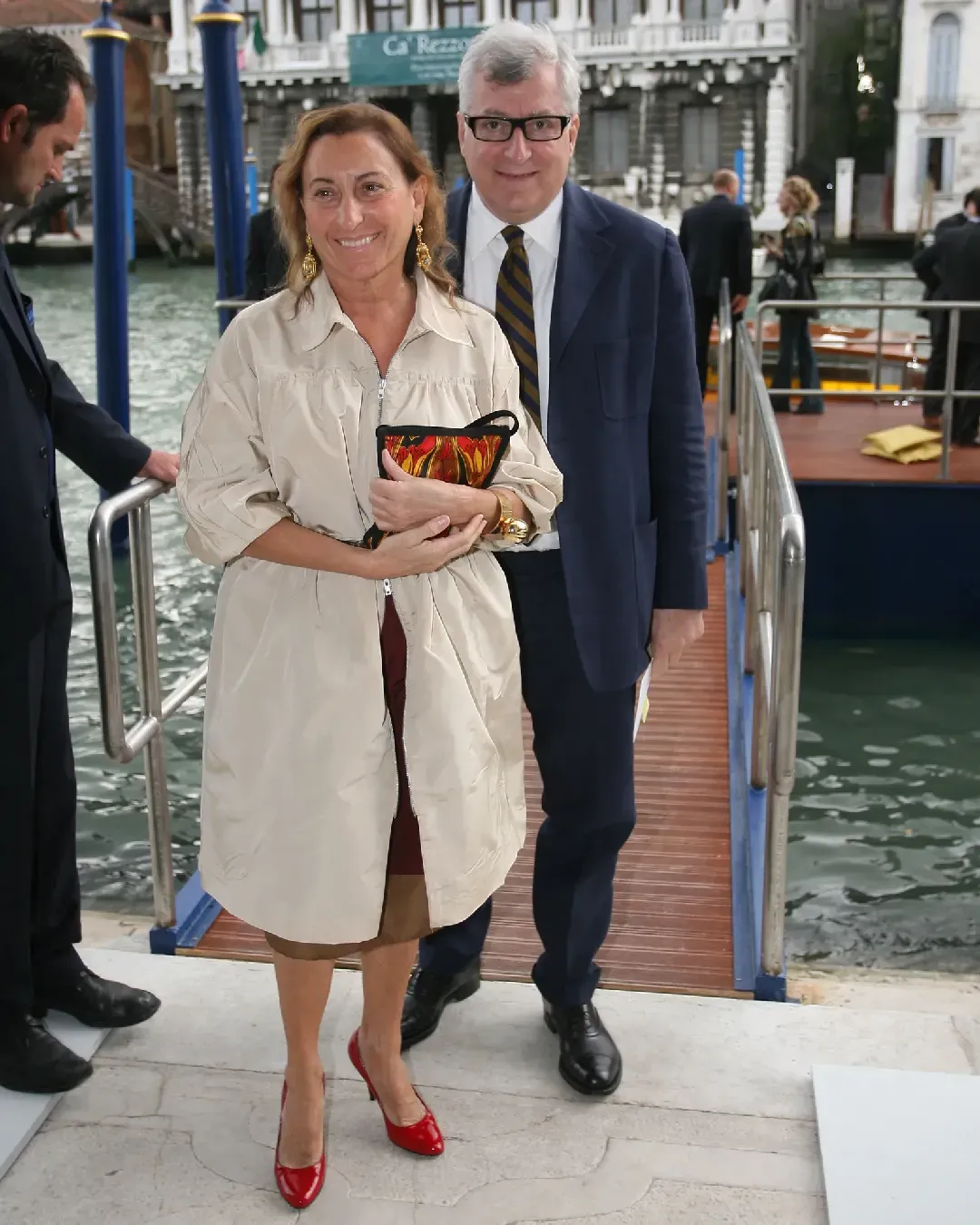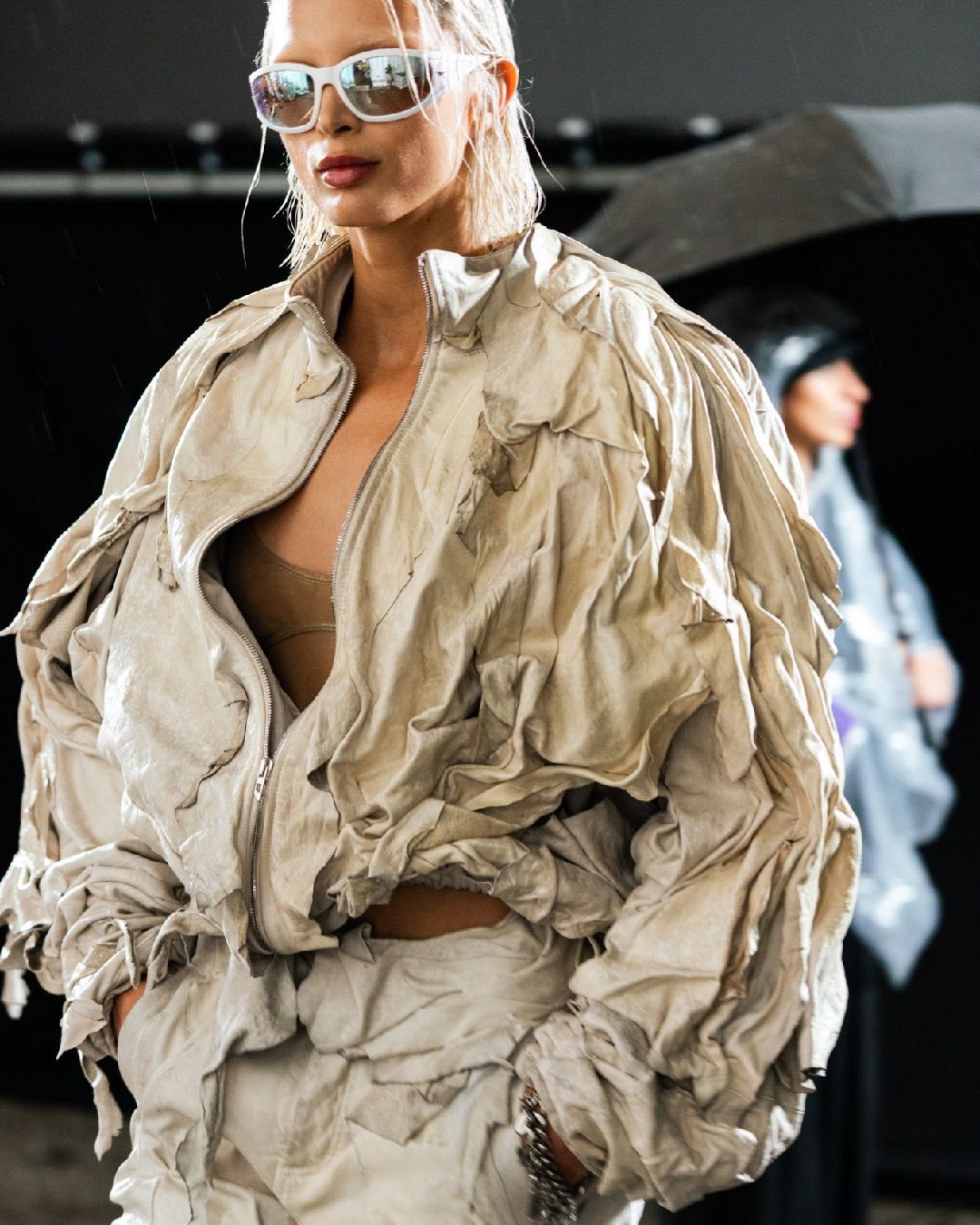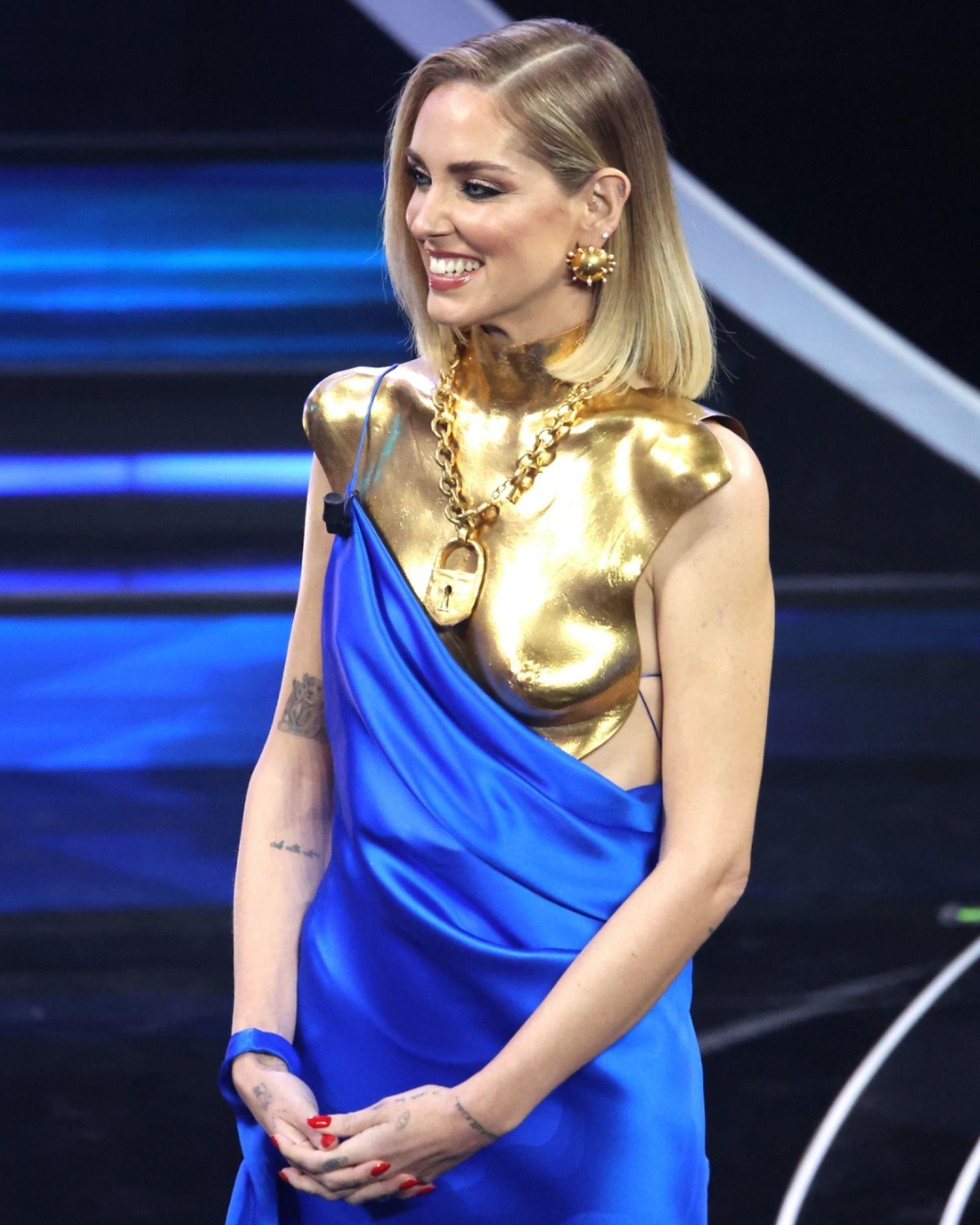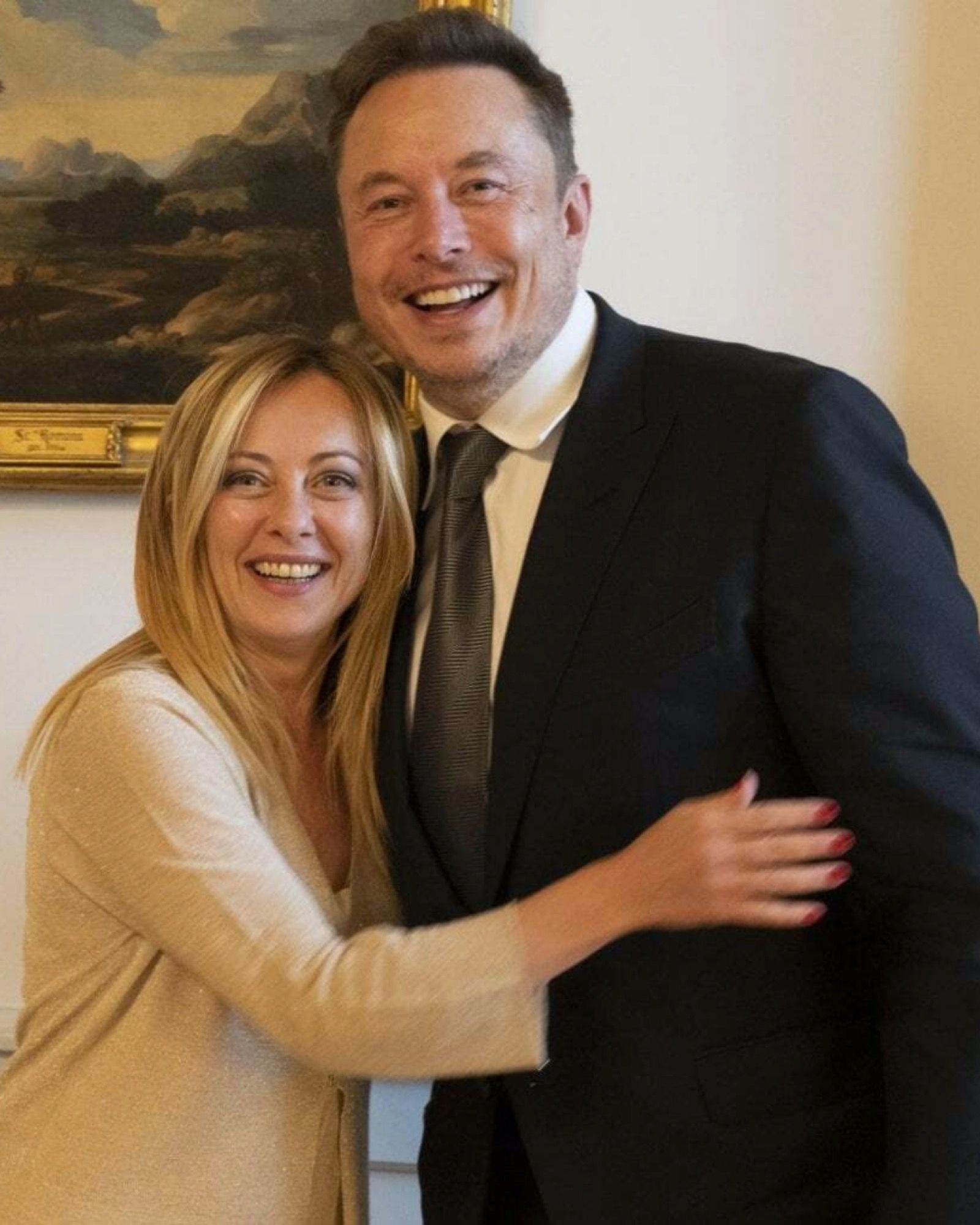
How do italian politicians dress? The politician's vibe is related to fashion
But how do you dress?! is not just a phrase you will hear shouted by TV (or real) personalities when faced with yet another more or less relevant style mistake. The discourse could easily be extended to the class of leaders and politicians who, come September 25, will find themselves elected under the Rosastellum system. Why should the most visual and revealing universal system of all - yes, the very system of fashion - spare those who have made form and oratory their workhorse? Not least because, without falling into excessive forms of stereotyping, the very attire might reveal how true a politician can be to his values and proposals. While not espousing the causes of any particular party, we thought we would briefly analyze the dress code of some of the most prominent politicians on the Italian scene. The basic assumption is that clothing, along with all communicative phenomena such as proxemics and pragmatics, can communicate as much as a live national speech.
We should start, perhaps, with one of the most talked about personalities of the moment: Giorgia Meloni. A candidate for Premier and leader of the Fratelli d'Italia party, she always dresses elegantly but not overly formally: she alternates between soft blouses and fitted shirts paired with blazers and almost always wears pants. As for colors, she does not follow a fixed pattern and goes from dark hues like black to decidedly softer shades like pink and light blue. In short, we could say that her style rejects any form of exaggeration or glamour, anything that strays from that treacherous terrain poised between decorum and good taste. Imagery partly not shared by her neighbor (but not very neighbor) Daniela Santanché, a member of the Fratelli d'Italia party. Here glamour abounds and passes for a seductive and uninhibited form of femininity, maximalism, and a predilection for luxury brands. Context perhaps facilitated by the party's founder and leader Forza Italia, Silvio Berlusconi, who, instead, prefers a uniform of dark, formal suits with a tie attached. Remaining on the right, it is surprising (or perhaps not) that the leader of the Lega, Matteo Salvini, can adapt his outfit perfectly to the context of reference: he knows how to dose a well-constructed formality, never suffocating, and move freely to more informal outfits up to the appropriation of strongly evocative symbols such as crucifixes and necklaces.
Moving away, however, from parties set on the right, the situation seems to change. If women like Emma Bonino - the party of reference is +Europa - prefer aesthetics far from the binaries of the most canonical glamour and propose a formalism that is never excessive, personalized, and usually intellectualized: to the usual forms of formalwear, experimentalists projected on knitwear and cardigans are also welcome. On the menswear side, the discourse is certainly scaled down: taking Enrico Letta of the Democratic Party as an example, the adherence to the formal suit remains unchanged, but the presence of ties and blazers may not be so binding. So if once again, women's attire turns out to be more explicit and polarized, men's politics turn out to be more tied to more traditional forms where only the arrangement of details may hint at something else. A historical fashion journalist for Corriere Della Sera, Adriana Mulassano, some time ago declared in an interview, «It's not the little black dress that looks good on everyone, it's the brains. Wear it!». We espouse her cause and hope that it is indeed the brain that will be the real star during this political election.















































